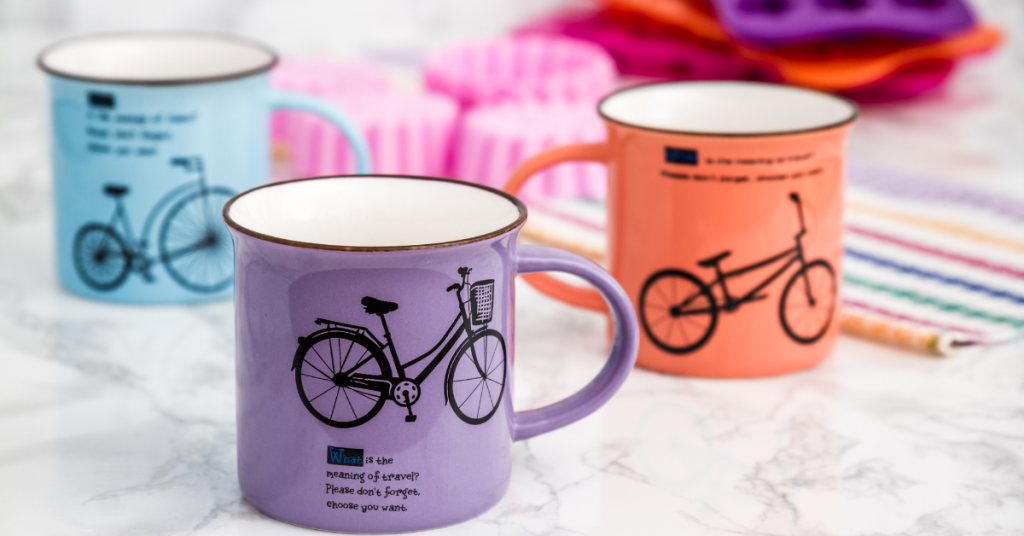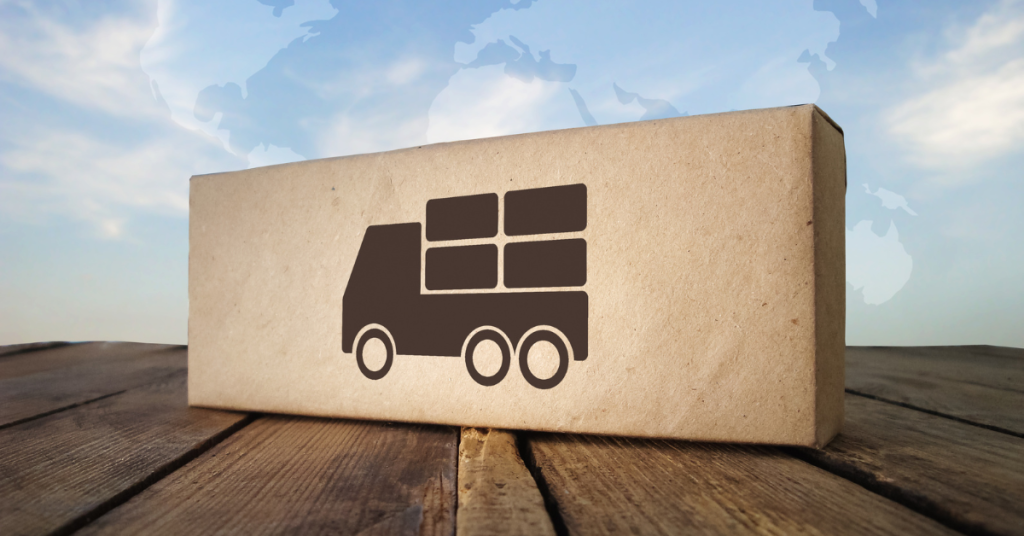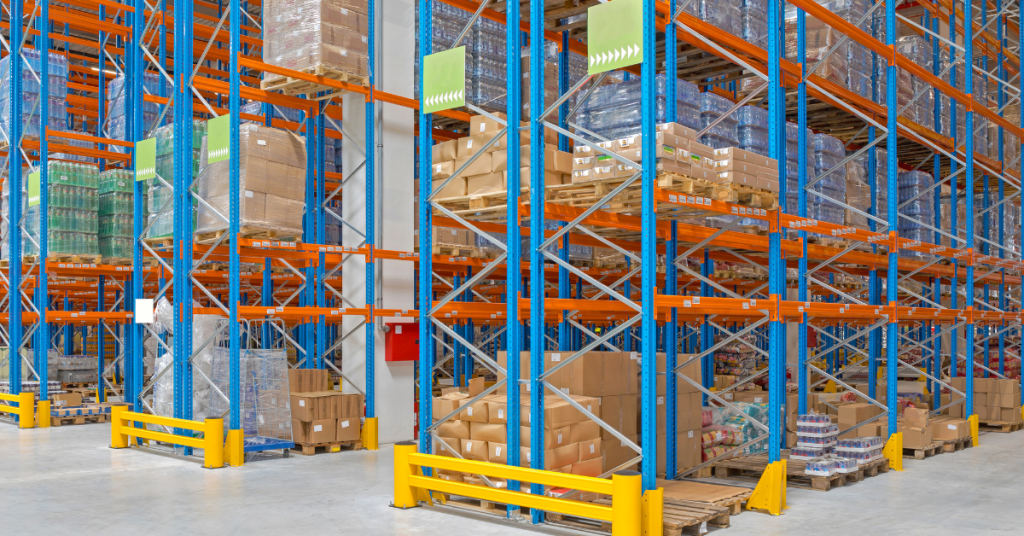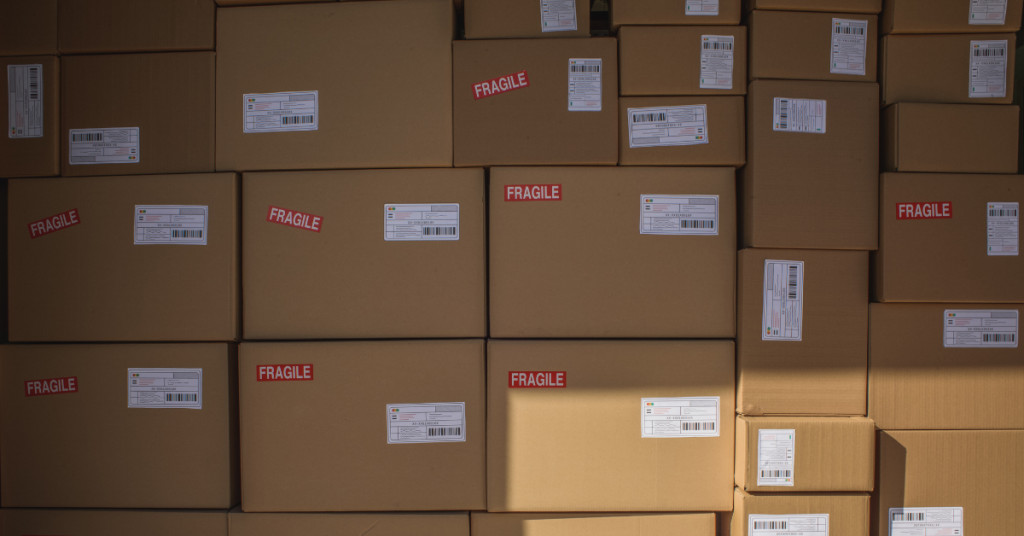Print-on-demand (POD) is a process of printing products, such as t-shirts, mugs, or books, only when they are ordered. In the context of e-commerce, it allows entrepreneurs to create and sell custom products without having to hold inventory or invest in equipment.
POD works by using digital printing technology to produce products on demand. When a customer places an order, the design file is sent to the POD provider, who prints the product and ships it directly to the customer. This allows entrepreneurs to offer a wide range of products without having to invest in production equipment, hire staff, or store inventory.
One of the key benefits of POD in e-commerce is that it allows entrepreneurs to offer a wider range of products than they could if they were producing the products themselves. This is because the POD provider takes care of the printing and shipping, allowing the entrepreneur to focus on product design and marketing.
Another benefit of POD is that it reduces the risk of holding inventory. With traditional production methods, entrepreneurs have to invest in inventory upfront, which can be costly and risky. With POD, there is no need to hold inventory, as products are only printed when they are ordered. This reduces the risk of overproduction and the need for storage space.
POD is also a more sustainable option than traditional production methods. Because products are only printed when they are ordered, there is no excess waste or overproduction. This is good for the environment, as well as for the entrepreneur’s bottom line.
However, there are some challenges to using POD in e-commerce. Quality control is an important issue to consider, as the entrepreneur is relying on the POD provider to produce high-quality products. It is important to research the POD provider before choosing to work with them, to ensure they have a good reputation for quality and reliability.
Another challenge is shipping times. Because the products are only printed when ordered, there may be some delay in shipping. This can be mitigated by choosing a POD provider that offers fast shipping, or by setting clear expectations with customers about shipping times.
In conclusion, print-on-demand is a process of printing products only when they are ordered, which allows entrepreneurs to offer a wide range of custom products without the need for inventory or production equipment. While there are some challenges to using POD in e-commerce, the benefits in terms of product diversity, reduced risk, and sustainability make it a popular option for entrepreneurs.








